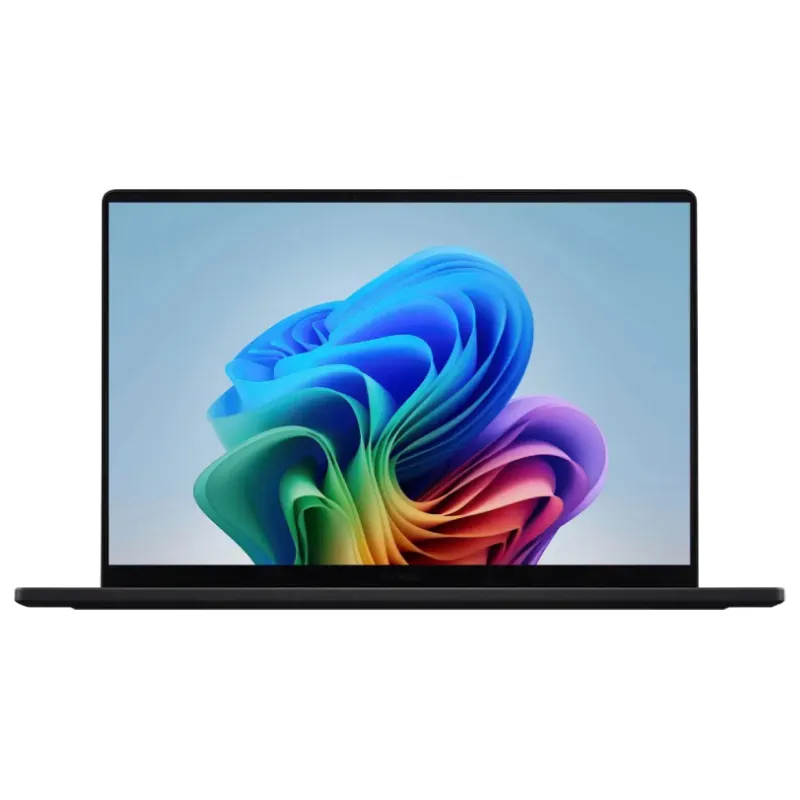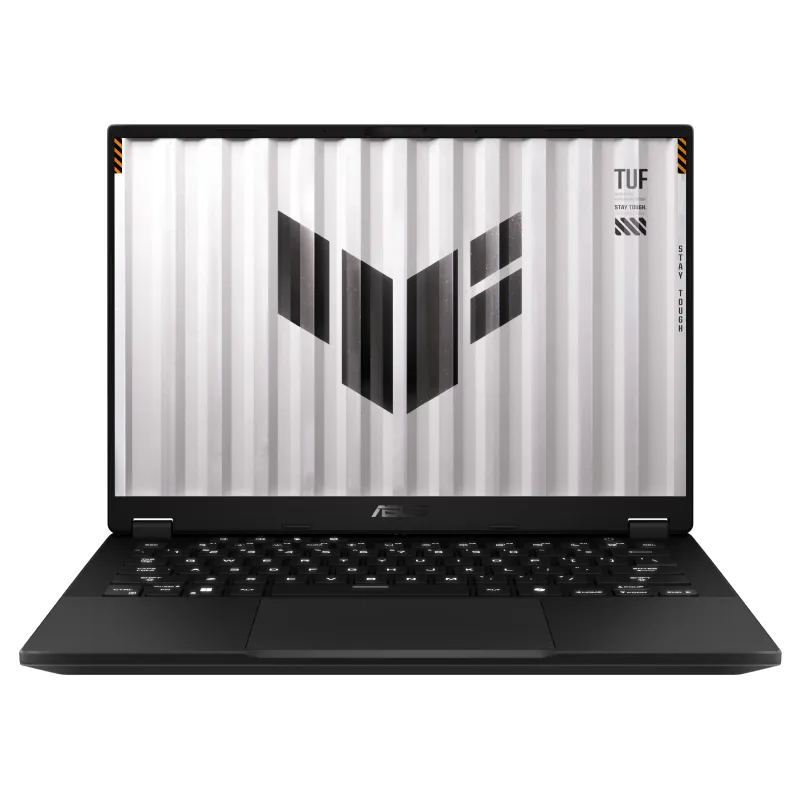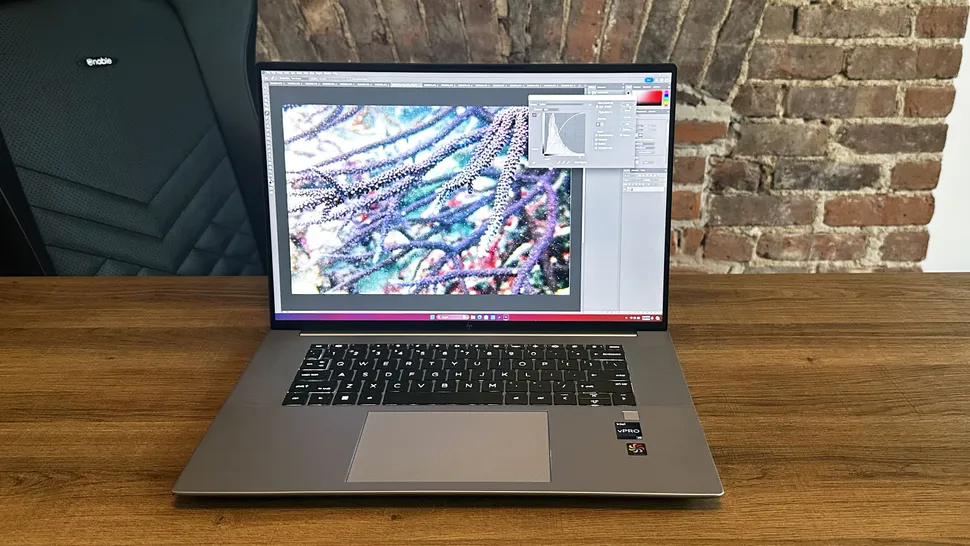Here are our best picks for laptops for engineering students
The best laptops for engineering students are vital if you’re in need of something powerful to take you through your courses without failure, and we have put together a list of the cream of the crop. Of course, these laptops are also among the best student laptops in general.
My current pick for the best laptop for engineering students is the ASUS ProArt P16, which is powered by the AMD Ryzen AI 9 HX 370 processor and Nvidia’s RTX 4070 GPU, making it an excellent choice if you need something strong and capable of running high-load tasks. Configurable with up to 32GB of RAM and 2TB of SSD storage alongside its gorgeous 3,840 x 2,400-pixel OLED display, it’s an excellent choice for those in need of an excellent middle-ground between quality and cost.
But if you’d prefer something a little cheaper, look no further than the Asus TUF Gaming A14. It’s an absolute beast that manages over 10 hours of battery life, even though it’s built with an AMD Ryzen 7 8845HS and Nvidia GeForce RTX 4060 GPU. Considering that it boasts MIL-STD-810H certification, making it far more durable than the average gaming laptop while staying at around 3 pounds, it’s an absolutely incredible product at $1,399.
Here’s a closer look at my top picks for the best laptops for engineering students in 2025.
The quick list
Best overall laptop
1. ASUS ProArt P16 (2024)
Best overall laptop for engineering students

With excellent processing and RTX 4070 graphical power stuffed into a gorgeous machine that’s long-lasting and beautiful, this is a great pick for those who need a solid balance between price and performance.
The pinnacle of quality for an engineering student
Specifications
CPU: AMD Ryzen AI 9 HX 370
GPU: Nvidia GeForce RTX 4070
RAM: 32GB
Storage: 2TB SSD
Display: 3,840 x 2,400 OLED touchscreen
Dimensions: 14 x 9.7 x 0.6 inches
Weight: 4.1 pounds
Reasons to buy
+
Stellar graphics performance+
Top-firing speakers+
Great touchpad and keyboard+
Competitive AI performance
Reasons to avoid – Display could be brighter- Below-average battery life
When determining the best fit for our number one laptop suited for engineering students, we searched for something with a modern, AI-infused procerssor, powerful GPU, high-resolution display, long-lasting battery life, plenty of RAM, and lots of storage all within a product that wouldn’t reach the costs of the most absurdly priced workstations.
If you’re in need of that balance, look no further than the Asus ProArt P16. It’s built with a powerful AMD Ryzen AI 9 HX 370 processor, Nvidia GeForce RTX 4070 laptop GPU with 8GB of vRAM, 32GB of RAM, 2TB of SSD storage, and a 3,840 x 2,400-pixel resolution OLED touchscreen.
Those specs are already fantastic on paper, which justifies the $2,299 price point of the model we reviewed, but things get even more impressive when considering its staggering 9 hours and 32 minutes of battery life. This is especially impressive for a laptop with a discrete GPU, as our expectations in battery life for laptops with discrete GPUs are significant lower.
And with the inclusion of its OLED display, you also gain the benefit of enjoying streaming content (and games if you so wish) at an incredible color depth with inky blacks that make every frame as immersive as possible. Its 85.5% DCI-P3 color coverage ensures everything you watch will look vivid, but its 356-nit brightness might be a bit underwhelming if you plan to use the laptop in bright spaces (this isn’t shocking considering OLED displays typically struggle with brightness).
You can also expect phenomenal processing performance out of its AMD Ryzen AI 9 HX 370 processor, as it managed a multi-core score of 15,286 on the Geekbench 6 test. While this isn’t necessarily as strong as the staggering MacBook Pro M3 Max (20,886), it’s still an impressive score and outdoes the Asus TUF Gaming A14 (AMD Ryzen 7 8845HS, 11,330) and HP ZBook Studio 16 (Intel Core i9-13900H, 14,532).
It also did exceptionally well converting a 4K video to 1080p on the Handbrake app, accomplishing the task in 3 minutes and 15 seconds. Compared to the HP ZBook Studio 16 (4:37) and Asus TUF Gaming A14 (4:21), the ProArt P16 absolutely demolishes with its processing power.
2. Asus TUF Gaming A14
Best affordable laptop for engineering students

This gaming laptop pulls out all of the stops and provides excellent battery life in a sturdy machine for less than $1,500 bucks, making it the ideal budget options for engineering students.
Durable, light, long-lasting, and powerful, the TUF A14 is fantastic
Specifications
CPU: AMD Ryzen 7 8845HS
GPU: Nvidia GeForce RTX 4060
RAM: 16GB
Storage: 1TB SSD
Display: 2,560 x 1,600p, IPS, 165Hz
Dimensions: 12.24 x 8.94 x 0.67~0.78 inches
Weight: 3.2 pounds
Reasons to buy
+
Industry-leading battery life+
Solid gaming performance+
Exceptionally light+
Sturdy and durable
Reasons to avoid
–
Sluggish trackpad
We normally wouldn’t go out of our way to recommend a gaming laptop for engineering students. This is due to how often they’re unnecessarily large, lacking in sturdiness, and bogged down by weak battery life. Great performance isn’t the only facet an engineering student needs to think about, as having a machine that can handle your needs while traveling to school without being overbearing in your backpack is vital.
But the Asus TUF Gaming A14 blew us away for this exact reason, as it fulfills the requirements of a gaming laptop, while hitting shockingly good longevity, all packed in an affordably priced, thin machine.
We reviewed our model of the Asus TUF Gaming A14 for $1,399 and it was built with an AMD Ryzen 7 8845HS processor, Nvidia GeForce RTX 4060 graphics card, 16GB of RAM, 1TB of SSD storage, and a 2,560 x 1,600-pixel resolution IPS display at 165Hz refresh rate.
Yet even though it’s a gaming laptop, it blew us away with its 12.24 x 8.94 x 0.67~0.78-inch build (which is surprisingly small and thin), alongside its light 3.2 pound weight. But even though it’s small, it didn’t stop Asus from building it with MIL-STD-810H certification, which means it passed tests involving drops, vibrations, humidity, high or low temperatures, and more.
This means it will survive in conditions other laptops might not. While that doesn’t mean we recommend treating it poorly and letting it drop from heights, it’s better primed to survive an accident in case one does happen.
Beyond just that, we were blown away by its longevity. On the Laptop Mag battery life test, which involves continuous web surfing over wifi at 150 nits, the Asus TUF Gaming A14 lasted 10 hours and 4 minutes before running out of juice. That’s unprecedented, as the average for gaming laptops is 5 hours and 3 minutes, which is practically half as long.
It’s also the longest lasting gaming laptop we’ve tested in over four years, with the previous one being the Asus ROG Zephyrus G14 back in 2020. Considering you’ll want to use this on-the-move while traveling between classes, long-lasting battery life is vital, and this machine has you more than covered.
Best high-end laptop
3. HP ZBook Studio 16 G10
Best high-end laptop for engineering students

If you’re not looking to cut costs on your engineering laptop, this beast features an RTX 4000 Ada GPU with 20GB of vRAM, making it capable of working with larger models than your average GPU.
Absurdly expensive, but if you need the best of the best, look no further
Specifications
CPU: Intel Core i9-13900H
GPU: Nvidia RTX 4000 Ada Generation GPU
RAM: 64GB
Storage: 2TB SSD
Display: 3,840 x 2,400
Dimensions: 14.02 x 9.54 x 0.76 inches
Weight: 4.2 pounds
Today’s Best Deals
Reasons to buy
+
Powerful, well-optimized performance+
Stunningly vivid display+
Incredibly light and thin+
Loud onboard speaker system
Reasons to avoid
–
Lacking battery life-
Prohibitively expensive-
No HDMI port
Now that we’ve gotten the more reasonable recommendations for engineering students out of the way, let us jump into the product that is reserved for those in need of the most luxurious laptop available.
The HP ZBook Studio 16 G10 is the pinnacle of what you’d expect from a high-powered workstation, boasting the powerful professional-grade Nvidia RTX 4000 Ada Generation GPU, which is designed to handle high-level 3D rendering, 8K video editing, and data set analysis. Whereas most engineering laptops are recommended to have a GPU with 6 to 8GB go vRAM, the RTX 4000 Ada comes with 20GB GDDR6 vRAM, meaning it can work with far larger models and datasets at a time than your typical gaming graphics cards which boast less than half the amount of vRAM.
Beyond just its incredibly powerful GPU, it boasts an Intel Core i9-13900H processor, 64GB of RAM, 2TB of SSD storage, and a 16-inch 3,840 x 2,400-pixel resolution anti-glare OLED display. Its 457-nit brightness display is good enough to handle bright environments, although it might not survive against direct sunlight, whereas its 117% coverage of the DCI-P3 color gamut makes it perfect for enjoying streaming content with vividness.
As a result of these phenomenal specs, it’s not much of a surprise that the HP ZBook Studio 16 G10 we reviewed cost $8,905. Yup, you read that right, this laptop is notoriously comparable to the price of a solid used car.
FAQs
What are the requirements for an engineering laptop?
Determining what makes a laptop right for an engineering student generally depends on your college and the expectations of your courses, but there’s many agreed upon foundations that colleges themselves share publicly on the internet.
For the “best” category, the university recommends an Intel Core i7 or i9 processor (12th Gen or newer), or AMD Ryzen 7 or Ryzen 9 (5000-series or newer), Windows 10/11 operating system, 16 to 32GB of RAM, 500GB to 1TB of SSD storage, a dedicated graphics card with 6-8GB of video memory, and a 15 to 17-inch 1,920 x 1,080-pixel display (or higher).
Your own university might feature a breakdown of what’s necessary for its engineering course, so that’s a good place to start to ensure you don’t get stuck with an underpowered machine. If this sort of information isn’t publicly available on your university’s website, we are using these website’s recommendations as a foundation and highlighted some of our favorite laptops that meet these requirements.
Is a discrete GPU necessary for engineering laptops?
We highly recommend discrete GPU if you’re an engineering student. You won’t necessarily require the most high-end graphics card, as our budget recommendation, the Asus TUF Gaming A14, is built with an RTX 4060, but it’s still good to have a GPU regardless.
However, if you cannot afford a discrete GPU, it’s not necessarily the end of the world. You might have trouble with certain applications, and you could run into performance issues, but Arkanas Tech University‘s minimum requirements for an engineering laptop do allow for integrated graphics with at least 2GB to 4GB of video memory (vRAM).




